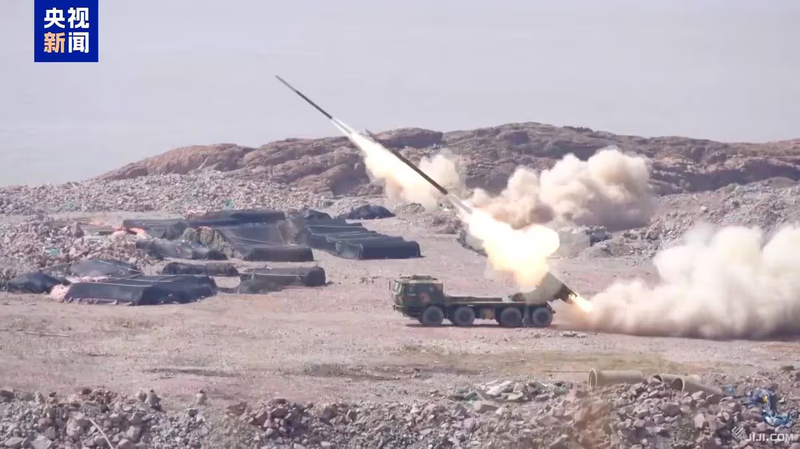On April 1st, China’s People’s Liberation Army (PLA) launched large-scale military drills surrounding Taiwan—timed conspicuously after U.S. Defense Secretary Hethes concluded his first official visit to Asia. According to CNN, this was no coincidence. Beijing is sending a clear signal: it’s testing America’s will to stand by its democratic allies in the Indo-Pacific.
The PLA’s Eastern Theater Command released a propaganda video titled Exorcising Demons, featuring multiple images of Taiwan’s main island. The joint exercises include coordinated operations involving land, sea, air, and rocket forces, simulating strikes on ports, energy infrastructure, and key shipping lanes. Chinese aircraft and naval vessels—including the aircraft carrier Shandong—have been spotted encircling Taiwan, while warships patrol near Japanese waters around the disputed Senkaku Islands.

This isn’t mere saber-rattling. It’s a rehearsal for a real conflict—a pressure campaign designed to normalize military threats while avoiding direct confrontation, for now. But make no mistake: China is preparing for the option of force.
A Broader Campaign of Influence and Intimidation
China’s tactics go beyond missiles and ships. The PLA’s actions are part of a broader strategy of gray-zone warfare—intimidation without open war. Cyberattacks, disinformation, economic coercion, and lawfare are all tools Beijing uses to weaken democracies from within.
Secretary Hethes’ recent visits to Japan and the Philippines reaffirmed Washington’s commitment to allies and to preserving peace in the region. In Tokyo, he called Japan “an indispensable partner” in deterring China's ambitions. In Manila, he emphasized rebuilding deterrence through stronger military cooperation. These efforts are crucial—but China is already testing their effectiveness.
Beijing sees American domestic division and global fatigue as opportunities. It believes time is on its side—and Taiwan is the most immediate target.
Taiwan is more than a geopolitical flashpoint—it’s a democratic stronghold and a technological powerhouse. The island produces over 60% of the world’s semiconductors and over 90% of the most advanced chips. Losing Taiwan to the Chinese Communist Party (CCP) would grant Beijing control over the digital backbone of modern life.
Moreover, Taiwan symbolizes the principles of freedom, democracy, and rule of law in a region increasingly pressured by authoritarianism. Supporting Taiwan is not just in America’s strategic interest—it reflects our core values.
Abandoning Taiwan would send a chilling message to allies around the world: that American security promises are conditional, and democracy is expendable.
The United States must treat the defense of Taiwan not as a possibility, but as a priority. This includes accelerating arms deliveries, deepening joint training exercises, and increasing intelligence sharing. U.S. policymakers must also build a credible deterrence posture with allies across the Indo-Pacific, including Japan, South Korea, Australia, and the Philippines.
Additionally, Washington must strengthen its domestic resilience against Chinese influence—economically, technologically, and informationally. Unity at home strengthens credibility abroad.
Strategic ambiguity has limits. The clearer America is about its commitment to Taiwan, the more likely it can prevent a war rather than fight one.
As China escalates, America must lead—with strength, clarity, and conviction. Taiwan’s fate is not just a regional issue—it’s a global test of whether authoritarianism will be allowed to expand unchecked.